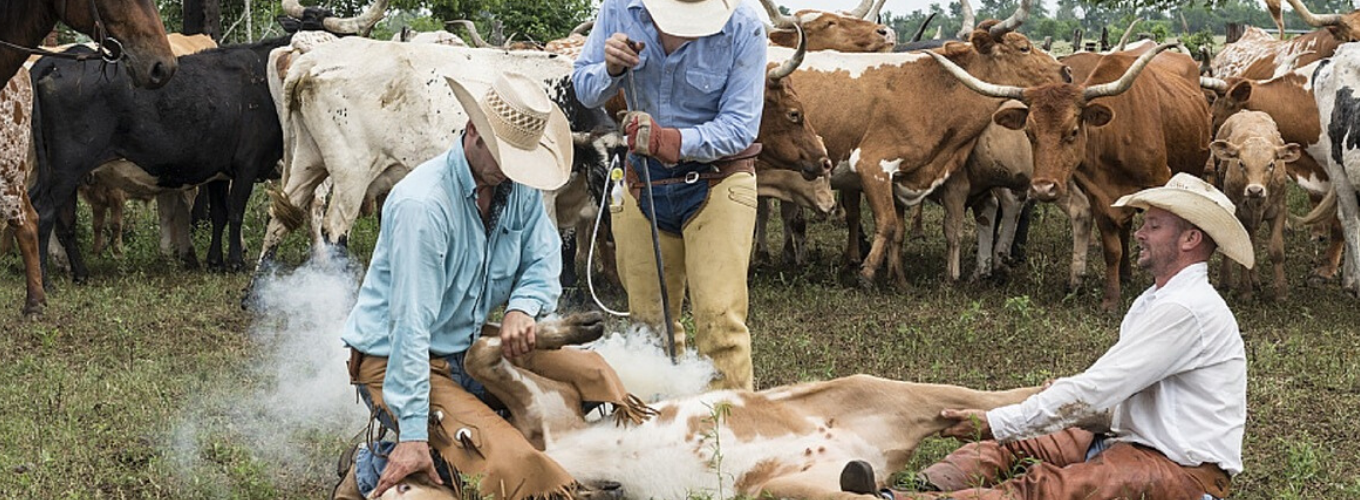Top 25 Reasons to Be a Cowboy | #19: The Brands
There’s a universal human drive—especially here in America—to make our mark. We want to matter, we want to make a difference, and we want to be remembered. Some build multinational companies, some seek political office, some create art.
Ranchers brand their cattle.
The National Cowboy and Western Heritage Museum traces the practice as far back as Egyptian and later Roman times. The practice is simple: a hot iron in a particular design burns an identifying mark on the animal. The most practical use was in the days before barbed wire when cattle under different ownership mingled on the range. The only way to sort and market them was to read brands, cut each owners’ cattle into their own herds, and take them back home.
Of course, the practice has survived and remains the most permanent and effective way to identify ownership. Each year, one of the most significant times on a ranch is branding time. Some ranchers put the same mark on their cattle that their great-great-grandfather did. For some, they’re the first generation to put a mark on, signifying the realization of an American dream.
Whether carrying on a legacy or building a new one, brands are a rancher’s mark on the world. That symbol signifies who he is and what his ranch is to the rest of his contemporaries.
On a regional level, there are cattle brands with reputations all across the West. When a critter wearing a certain mark comes through a sale ring or video auction, buyers know what they’re getting. And there are cattle brands—or at least one—with global reputations. The Running W of the King Ranch is found marketing cattle, horses, fruit, sod, trucks, and even planes.
And brands go on much more than just cattle. Ranchers have it stamped on saddles and briefcases, engraved on spurs and jewelry, carved into boot tops, printed on letterhead, and welded on signs at ranch entrances.
What’s unique to cowboy culture, I think, is it’s not just ranch owners who take pride in their brand. The term, “Ride for the Brand” implies the loyalty of an employee to his employer. There are thousands of cowboys who have the brand of the ranch they work for emblazoned on their clothes and tack—voluntarily.
Brands, by definition, have meaning. Wherever that hide carrying his brand goes, it represents him, his work, his ideals, and his hopes. While the brand doesn’t define him, he hopes to define the brand as a symbol of whatever virtues he holds dear, like honesty or quality. That is why to a cowboy, a brand isn’t merely a symbol on a cow, it’s his mark on the world.


